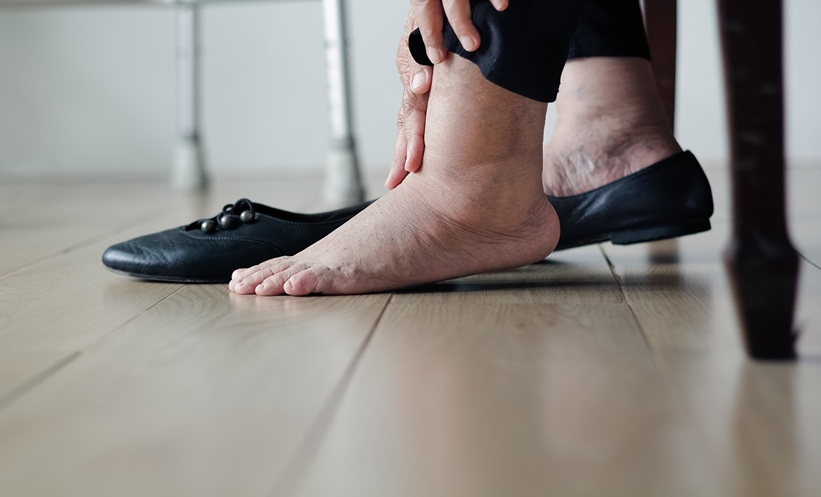Obesity and being overweight are major risk factors for several diseases, including cardiovascular disease and Type 2 diabetes mellitus.1 Adipose tissue dysfunction, rather than excess fat mass per se, is frequently associated with the progression towards insulin resistance (IR).2 IR can develop simultaneously in multiple organs, but the severity may vary between organs. For instance, impaired fasting glucose and impaired glucose tolerance may represent distinct prediabetic phenotypes, which are characterised by more pronounced hepatic or muscle IR, respectively.3 Identification and quantification of metabolic anomalies in different IR phenotypes are important because they can provide directions for more personalised lifestyle or pharmacological interventions in the prevention and control of cardiometabolic diseases. Indeed, there is evidence from a post-hoc analysis that the response to nutritional intervention may depend on IR phenotype (e.g., being more insulin resistant at the level of the liver or skeletal muscle).4 Analysis of gene expression in subcutaneous adipose tissue (ScAT) may help to elucidate the pathways and mechanisms that link adipose tissue function to tissue-specific IR. Therefore, the presented study aimed to identify distinct transcriptome profiles of abdominal ScAT in relation to muscle or liver IR.
In this study, we identified abdominal ScAT transcriptome profiles in relation to liver or muscle IR by RNA sequencing in overweight and obese non-diabetic participants of the DiOGenes study (BMI >27 kg/m2; n=368). The tissue-specific IR phenotype was based on tertiles of the muscle insulin sensitivity index (MISI) and the hepatic IR index (HIRI), derived from a 5-point oral glucose tolerance test.5 Subsequently, the participants were classified at baseline into 4 groups: no-IR (n=186), muscle-IR (n=69), liver-IR (n=53), and muscle/liver-IR (n=60). ScAT RNA sequencing data were compared between groups using differential gene expression analysis (DESeq)2 and were adjusted for study centre, sex, BMI, and waist-to-hip ratio. We found that ScAT extracellular matrix organisation genes (e.g., collagens) were significantly upregulated in the liver-IR versus no-IR comparison (fold change [FC] >1.2; p<0.05). In muscle-IR versus no-IR comparison, inflammatory pathways were significantly changed with pronounced upregulation of chemokine and complement genes (FC >1.2; p<0.05).
Following up on the DiOGenes outcomes, the relationship between systemic low-grade inflammation and IR phenotype was studied in overweight and obese non-diabetic individuals of the Cohort on Diabetes and Atherosclerosis Maastricht (CODAM) (BMI >25 kg/m2 [n=325]) and Maastricht study (BMI >27 kg/m2 [n=792]), using linear regression analyses. The plasma low-grade inflammation score was inversely associated with MISI (CODAM: standardised-ß: -0.108, 95% confidence interval [CI]: 0.205; -0.011; p=0.028; Maastricht Study: standardised-ß: -0.131, 95% CI: 0.193; 0.068; p<0.001), while no association was observed with HIRI (CODAM: standardised-ß: 0.066; 95% CI: -0.032; 0.165; p=0.184; Maastricht Study: standardised-ß: 0.000, 95% CI: 0.064; 0.064; p=0.995). Importantly, the association between low-grade inflammation and MISI was adjusted for HIRI, and vice versa. We showed in these two independent cohorts that an increased systemic low-grade inflammation profile was specifically related to muscle IR.
In conclusion, we showed that hepatic and muscle IR were characterised by distinct abdominal ScAT transcriptome profiles. Extracellular matrix remodelling genes were upregulated in individuals with primarily hepatic IR, while inflammatory genes were significantly upregulated in primarily muscle IR individuals. An increased systemic low-grade inflammation profile was specifically related to muscle IR. We propose that increased ScAT inflammatory gene expression may translate into an increased systemic inflammatory profile, linking ScAT inflammation to the muscle IR phenotype. These distinct IR phenotypes may provide leads for personalised nutritional or lifestyle prevention strategies.







